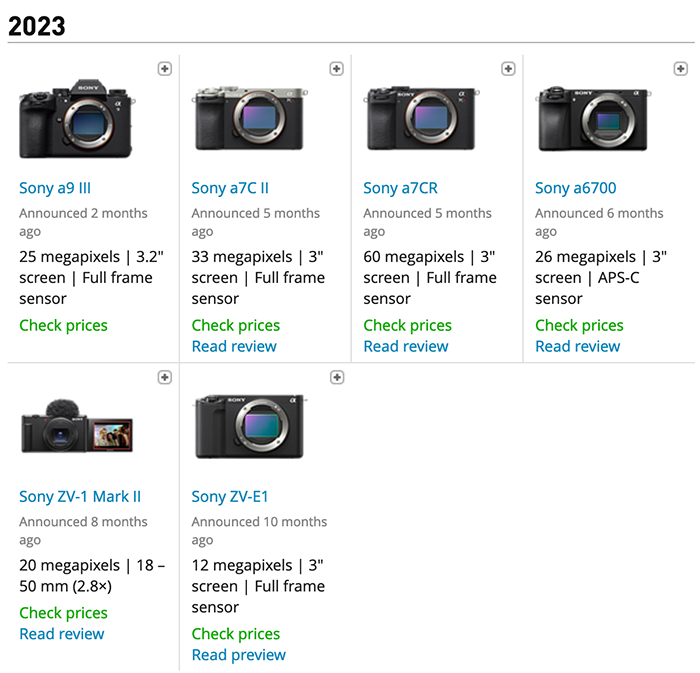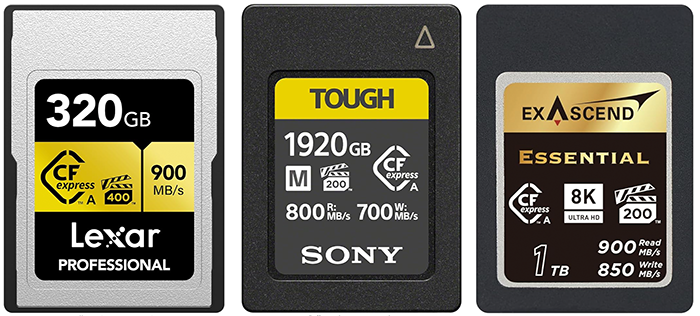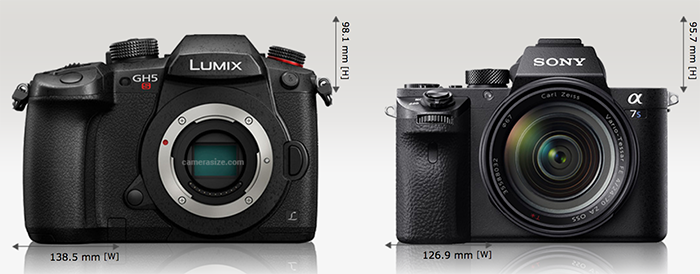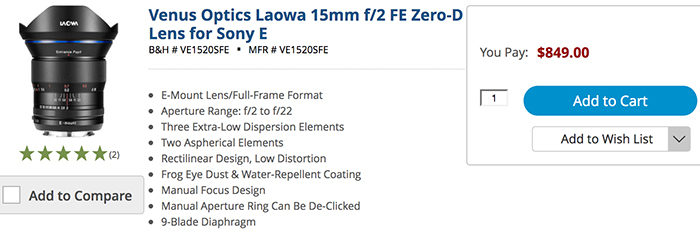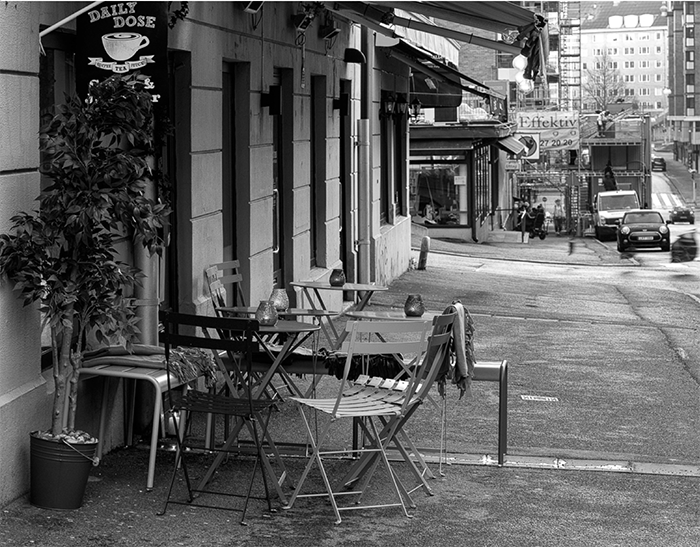Sony A7rIII is camera of the year at RonMartBlog. And new test by Jim Kasson, Lok and Cinema5D.
RonMartBlog did select the A7rIII as camera of the year:
I wish you’d buy my Canon gear so I could buy this camera – it really is that good. This is why I’m proud to give the Sony a7R III my highest recommendation by naming it my 2017 Camera of the Year!
Also Jim Kasson prefers it over the Nikon D850:
The D850 can do most of what the D5 can, and some stuff the D5 never thought about doing. But for available-light, no-modifier event shooting, I think there’s a new sheriff in town: the a7RIII with an a9 backup.
Cinema5D did shoot a mini documentary with the A7rIII:
So, if this camera is so nice to work with, is there any obstacle in getting it? Well, the answer might be its’ biggest “enemy”, Sony’s own non (yet) existing camera, namely, the a7S III.
New video test by Lok:
Sony A7rIII at Amazon, Bhphoto, Adorama, BuyDig, FocusCamera, Calumet DE, Wex UK. Photo Porst Neuwied. Sony Netherland. Sony Australia. Sony Japan.
Join the A7rIII facebook group to discuss the camera features and tests.
